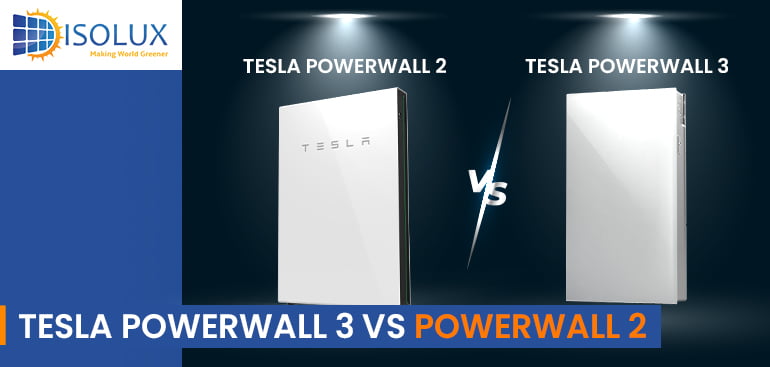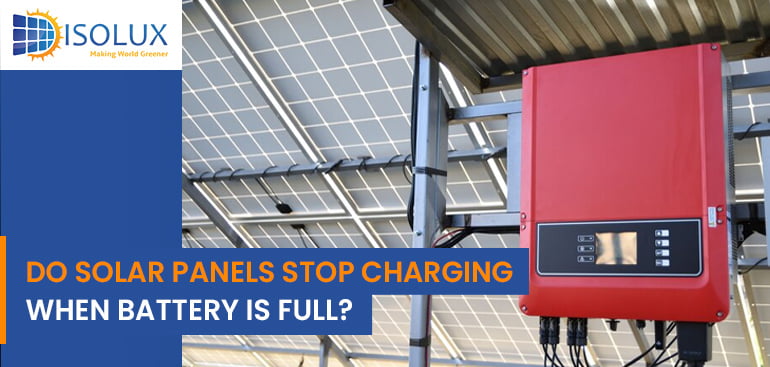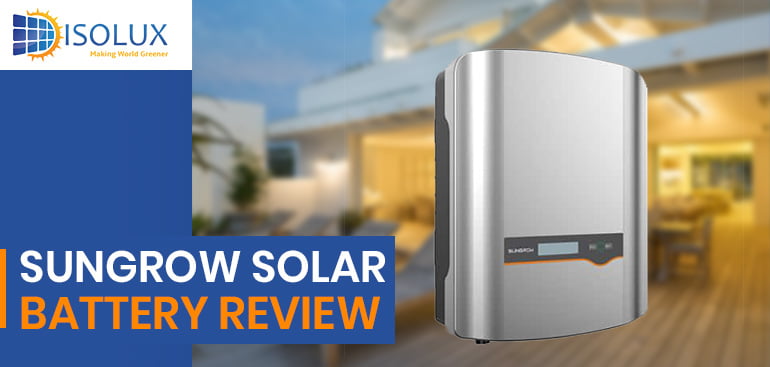The Tesla Powerwall has revolutionized energy storage for homeowners and businesses, offering an efficient way to store solar energy for later use. With the release of the Tesla Powerwall 3, many are wondering how it compares to the Tesla Powerwall 2, which has been a popular choice for solar installations for years. Let’s get into the key differences between the Tesla Powerwall 3 and Powerwall 2, helping you decide which one is the right fit for your solar energy needs in Sydney.
Overview of Tesla Powerwall 2
The Tesla Powerwall 2 was launched in 2016 and quickly became a leading home battery storage system. It offers a sleek, compact design and integrates seamlessly with solar panel systems to store excess energy for use when the sun isn’t shining.
Key Features of Powerwall 2
Capacity: 13.5 kWh of usable energy storage.
Power Output: Continuous power output of 5 kW, with a peak output of 7 kW.
Efficiency: Round-trip efficiency of 90%, meaning most of the energy stored can be reused.
Size: The Powerwall 2 is compact and can be installed on the wall or floor.
AC-Coupled: Powerwall 2 uses an internal AC inverter, allowing it to be easily retrofitted to existing solar systems.
Also read: $750 Rebate for Tesla Powerwall Battery
Overview of Tesla Powerwall 3
The Tesla Powerwall 3, launched in 2023, builds upon the success of its predecessor while introducing several enhancements that make it even more efficient and powerful.
Key Features of Powerwall 3
Capacity: 13.5 kWh of usable energy storage (same as Powerwall 2).
Power Output: Increased continuous power output of 11.5 kW, with a peak output of 15 kW.
Efficiency: Improved round-trip efficiency of 97%, making it one of the most efficient battery systems available.
Design: The Powerwall 3 has a slimmer, more streamlined design, making it easier to install in tight spaces.
DC-Coupled: The Powerwall 3 is DC-coupled, meaning it connects directly to solar panels, making energy conversion more efficient.
Powerwall 3 vs Powerwall 2: Key Differences
1. Power Output
The most significant difference between the two models is the power output. The Powerwall 3 offers a much higher continuous and peak power output compared to the Powerwall 2.
Powerwall 2: 5 kW continuous power, 7 kW peak power.
Powerwall 3: 11.5 kW continuous power, 15 kW peak power.
This makes the Powerwall 3 a better choice for homes and businesses with higher energy demands, such as those running large appliances or electric vehicles.
2. Efficiency
Another major improvement is the round-trip efficiency of the Powerwall 3, which is 97%, compared to the Powerwall 2’s 90%. This means that more of the energy you store will be available for later use, reducing energy waste and improving overall system performance.
3. Design and Installation
Powerwall 2: The design of the Powerwall 2 is already compact and versatile, allowing for both wall and floor mounting.
Powerwall 3: The newer model has a slimmer and sleeker design, making it easier to fit into tighter spaces. Its DC-coupling also means a more efficient energy conversion process when connected to solar panels.
4. AC vs DC Coupling
Powerwall 2 is AC-coupled, meaning it has an internal inverter and can be installed with both new and existing solar systems.
Powerwall 3 is DC-coupled, which makes it more efficient when converting energy from solar panels directly, as it reduces conversion losses.
5. Scalability
Both models are scalable, meaning you can add multiple units to increase energy storage. However, the higher output of the Powerwall 3 makes it more suitable for larger installations, such as commercial properties or larger homes with higher energy needs.
Which One is Best for Your Solar System?
When choosing between the Tesla Powerwall 2 and Powerwall 3, consider your specific energy needs:
Powerwall 2
If you have a moderate energy demand and a limited budget, the Powerwall 2 is still an excellent choice. Its AC coupling makes it easy to integrate with existing solar systems, and its performance is more than enough for most average-sized homes.
Powerwall 3
If you have higher energy needs, such as running multiple large appliances, charging electric vehicles, or operating a business, the Powerwall 3’s increased power output and efficiency make it the better option. The DC-coupling also makes it more efficient for new solar installations, helping you get the most out of your solar panels.
Tesla Powerwall and Solar Energy in Sydney
Sydney homeowners and businesses can greatly benefit from Tesla Powerwall systems, especially with rising electricity prices and the growing emphasis on sustainable energy solutions. Both the Powerwall 2 and Powerwall 3 offer significant advantages for solar storage, but the best choice depends on your energy consumption, budget, and installation needs.
At Isolux Solar, we specialize in designing and installing solar panel systems with the latest energy storage solutions like the Tesla Powerwall. Whether you choose the Powerwall 2 or Powerwall 3, we’ll ensure your system is tailored to meet your energy needs and maximize your solar investment.
Final Thoughts
Both the Tesla Powerwall 2 and Powerwall 3 are excellent options for storing solar energy, but the Powerwall 3 offers a significant upgrade in terms of power output, efficiency, and overall performance. For Sydney residents and businesses looking to future-proof their energy systems, the Powerwall 3 is the more advanced choice, particularly for those with higher energy demands.
However, for those with moderate energy usage and existing solar systems, the Powerwall 2 remains a reliable and cost-effective solution. No matter which option you choose, both models will help you reduce energy costs, increase energy independence, and make the most of your solar power system.
Get a free quote from Isolux Solar today to learn more about Tesla Powerwall installations and how we can help you make the switch to renewable energy.
Also read:




